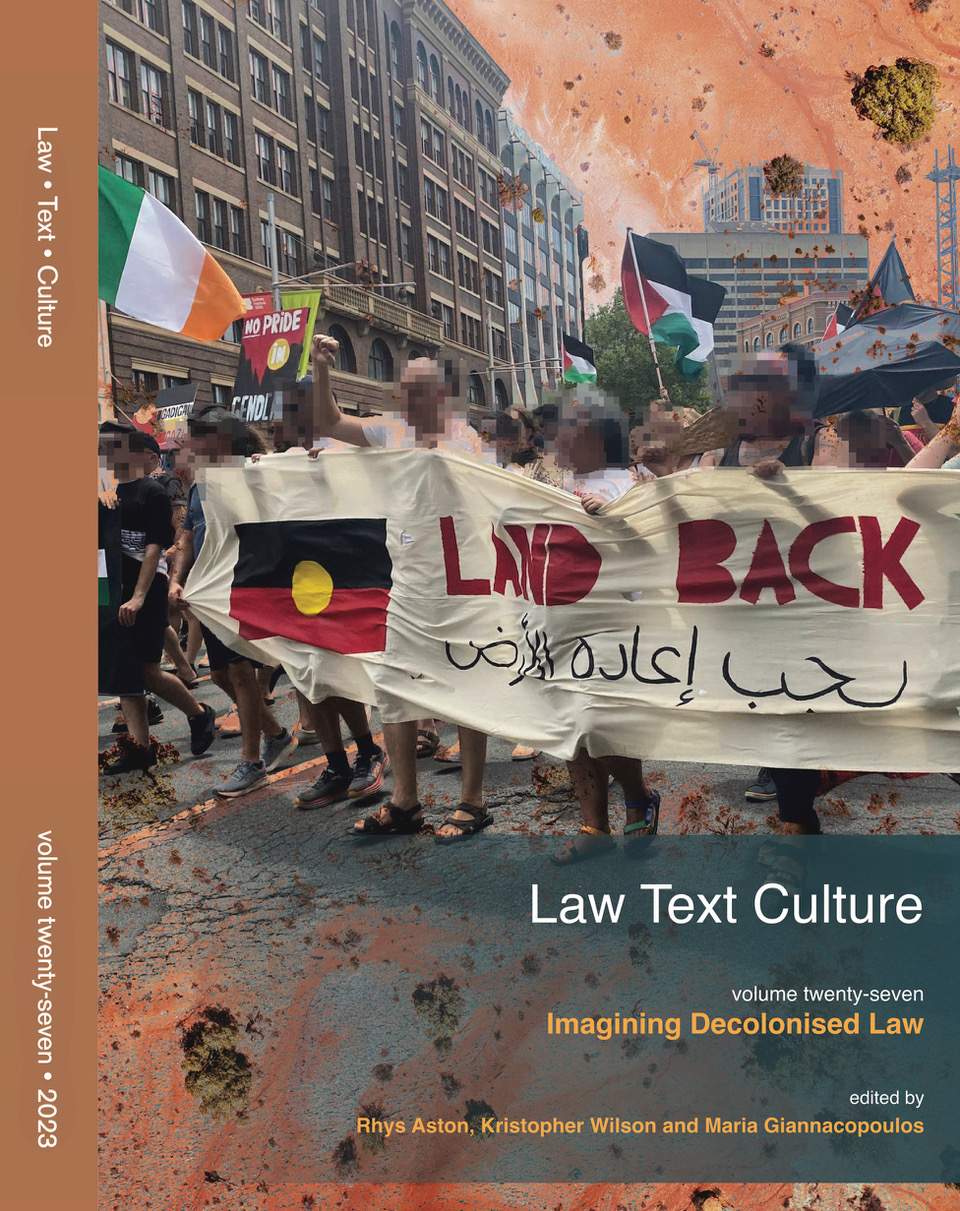Abstract
‘[T]he quarter where lawyers most do congregate’ in 1863 was Collins Street, Melbourne (Victorian Legislative Assembly 1863). The subsequent construction of the Law Courts building (1884), and the nearby High Court building (1928), moved the focal point onto William Street but kept the orientation towards the Collins Street end. In the last twenty five years, however, old courts have been shifted, new courts have been built, law offices and educational institutions have gathered. In a material sense, the landscape of law has been reconstructed and transformed. We are accustomed to think of the places of law in terms of its courts, tribunals, chambers and allied professional offices. Yet what has come into view in the City of Melbourne is a new legal place. It is now routinely referred to as ‘the Melbourne legal precinct’. In this place, laws take place not only in relation to the building of courts and the occupation of varied professional legal associations; they are also generated by the conduct, representation and form of the precinct itself.
How to Cite:
Rush, P. D., (2016) “The forensic precinct: notes on the public address of law”, Law Text Culture 20(1), 216-252. doi: https://doi.org/10.14453/ltc.634
Downloads:
Download PDF
View PDF
471 Views
587 Downloads

